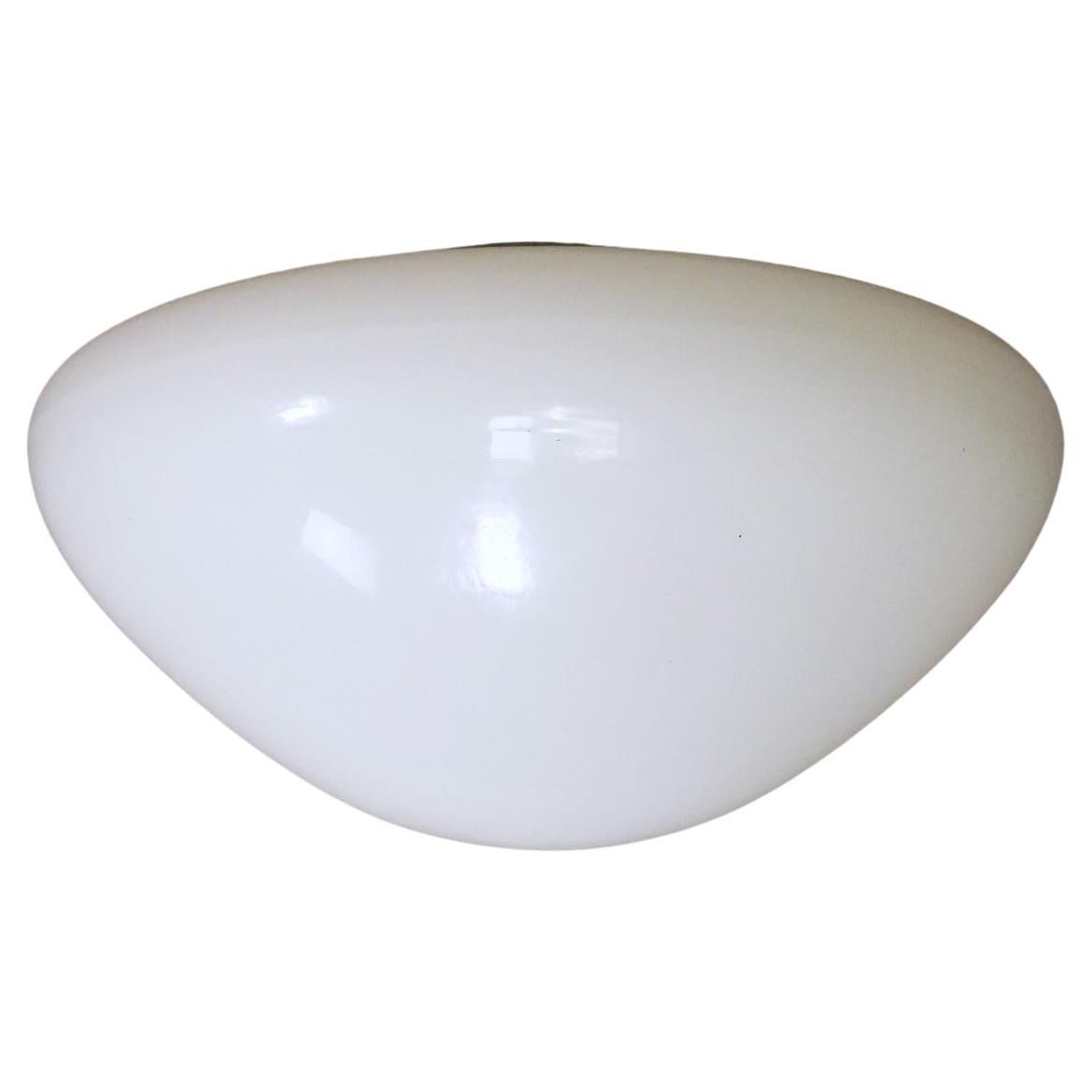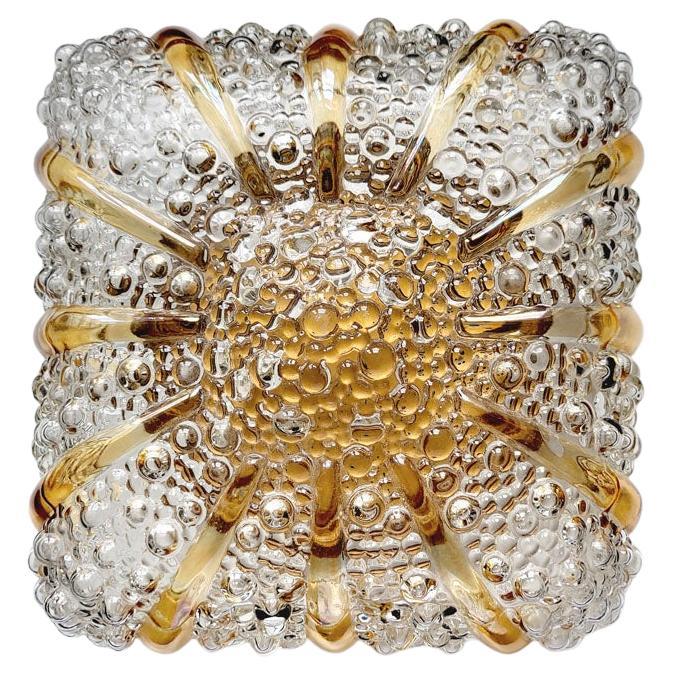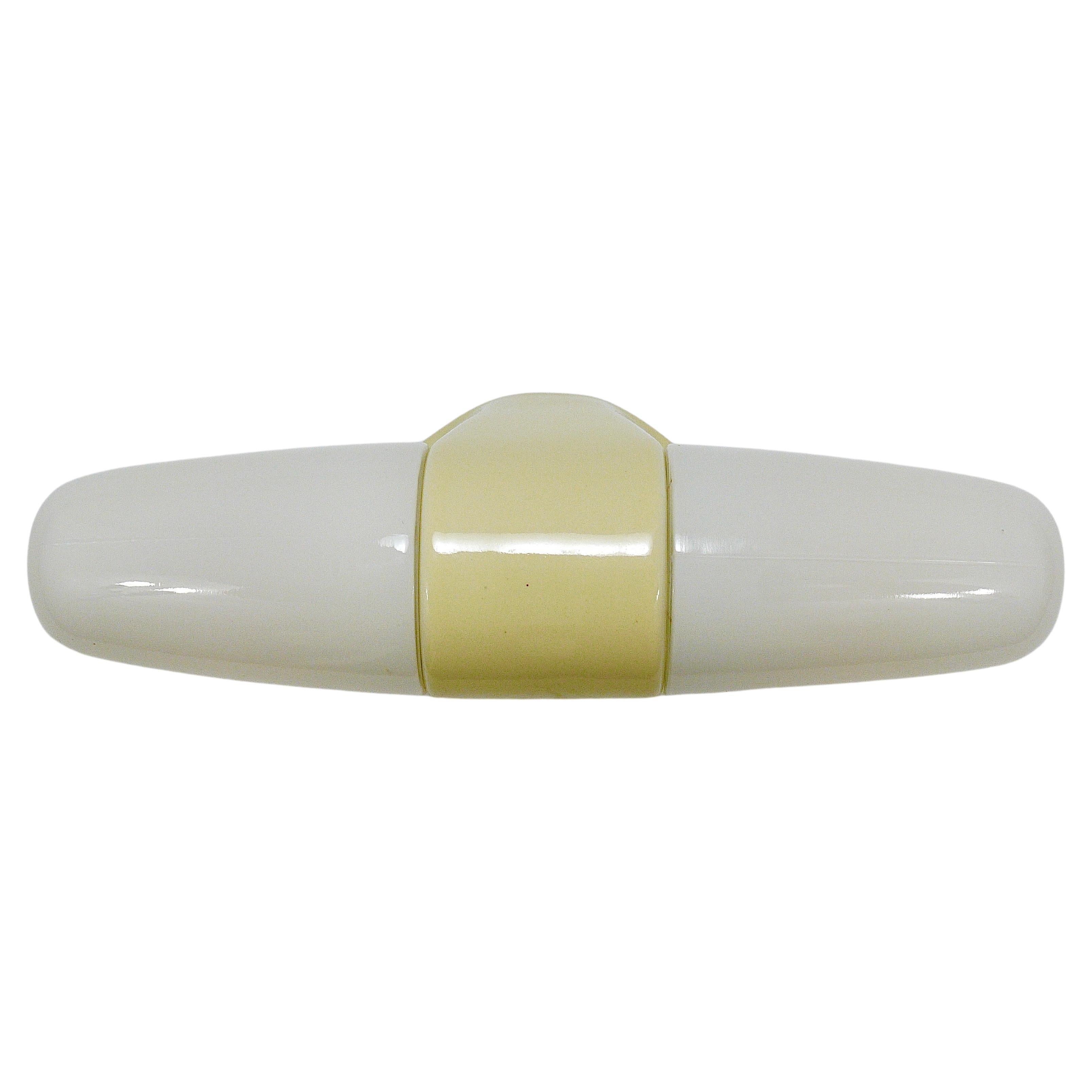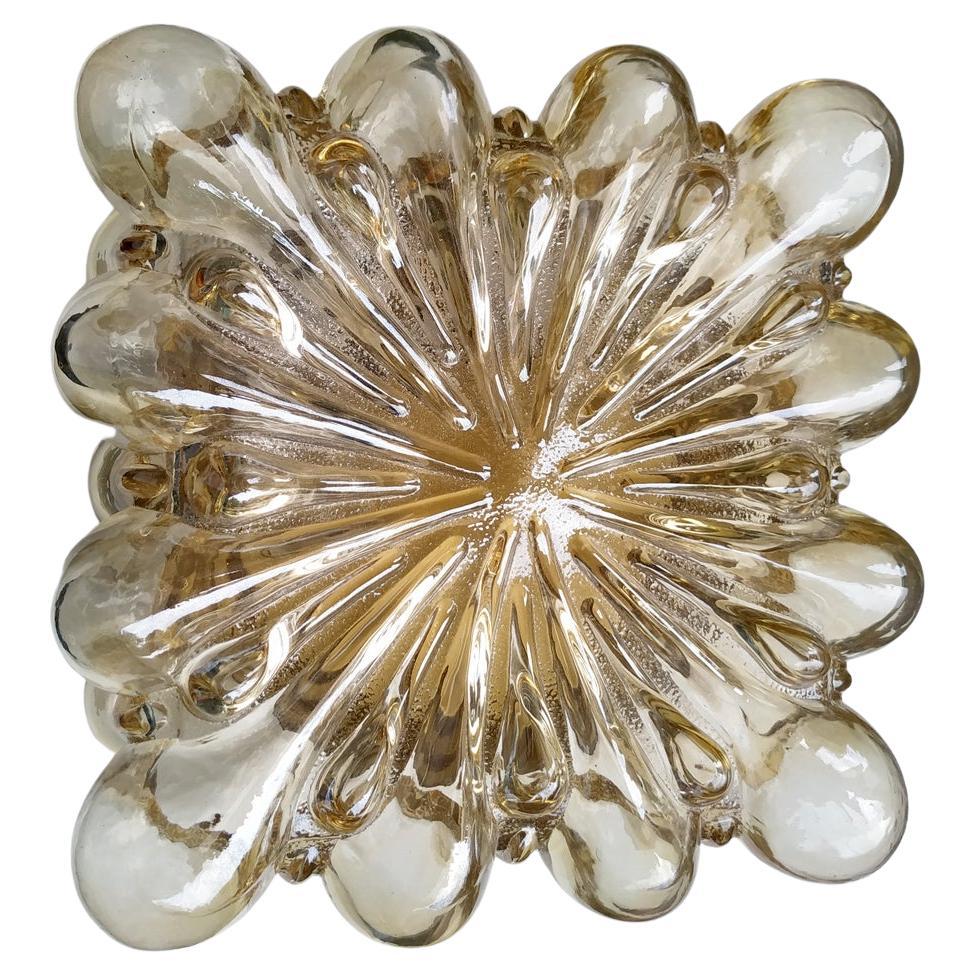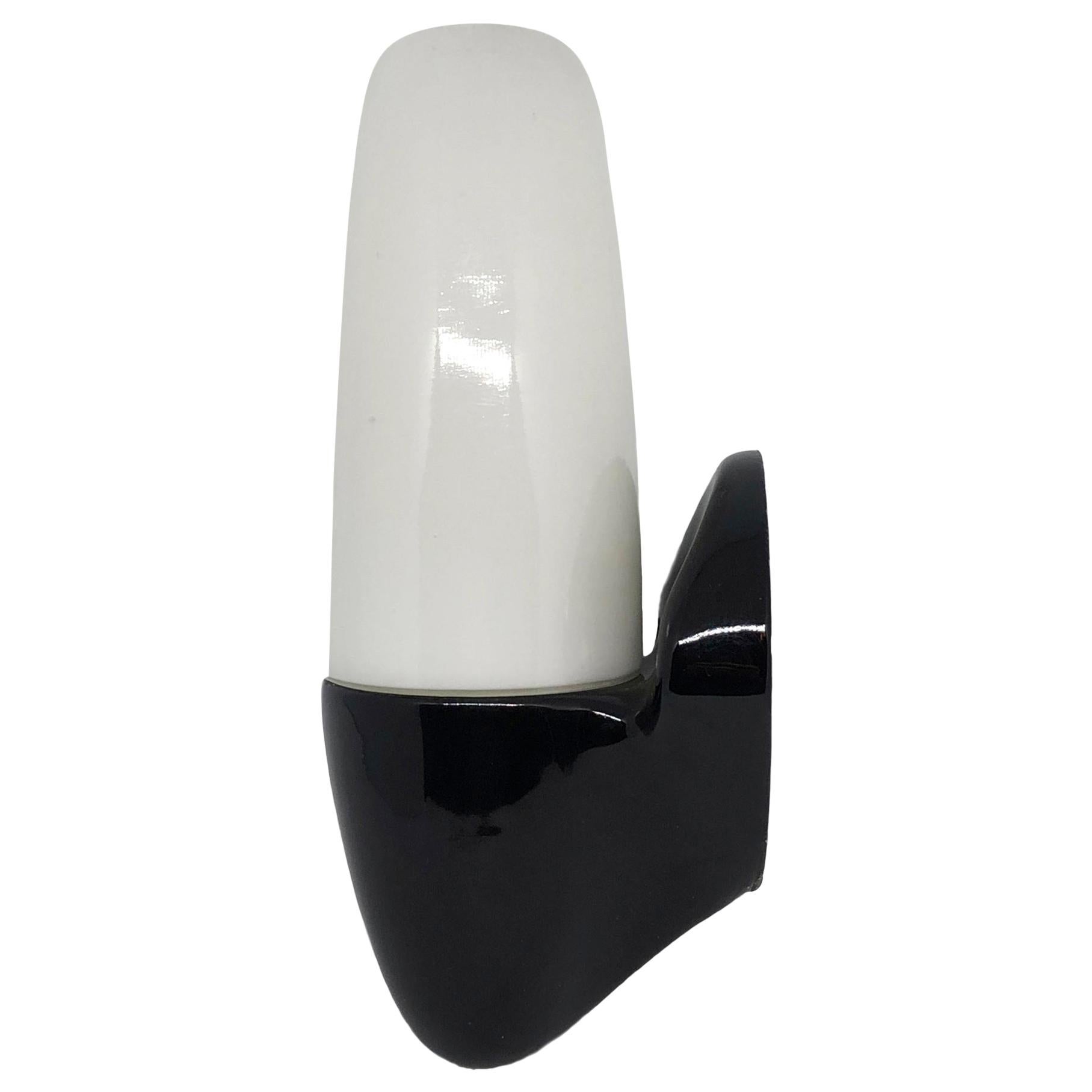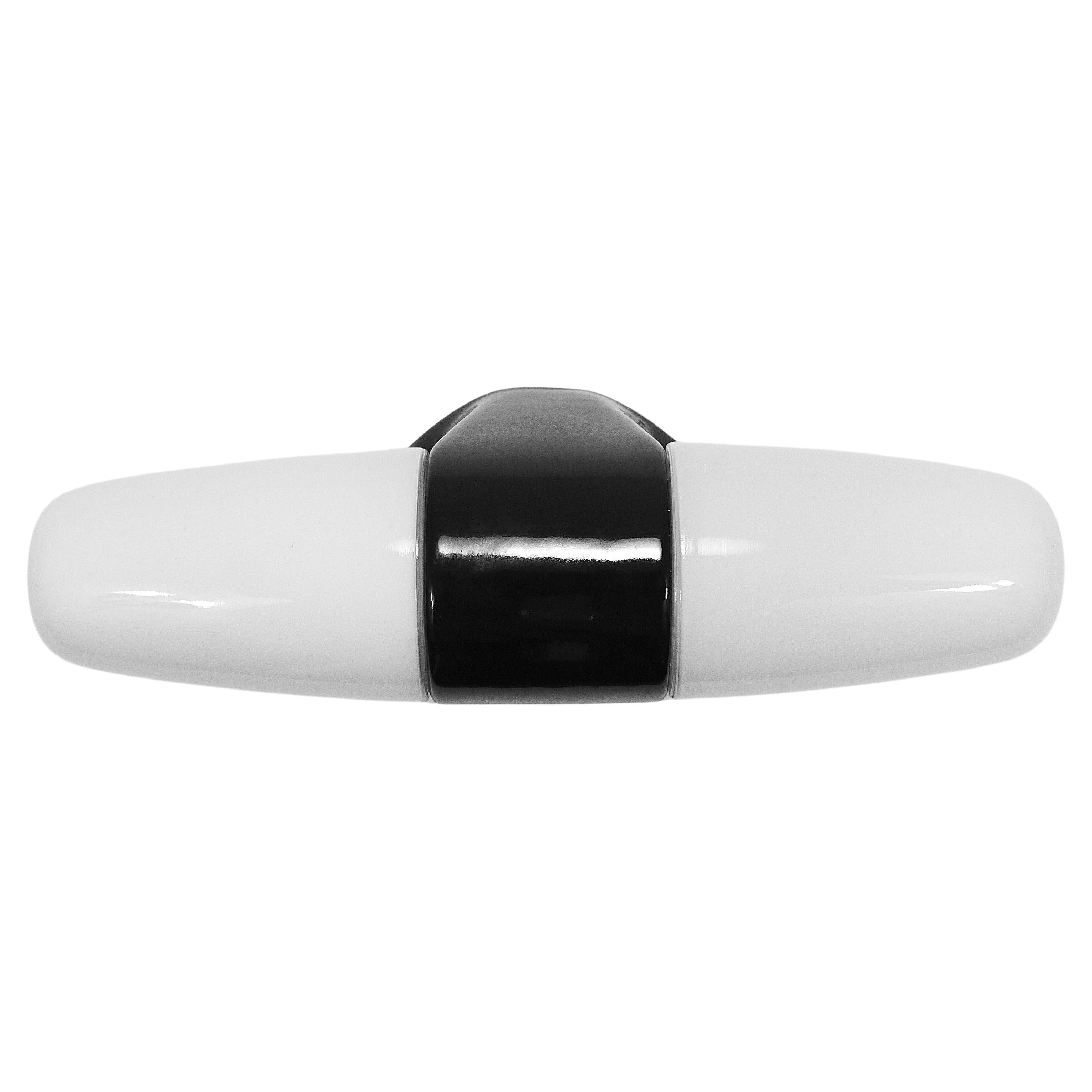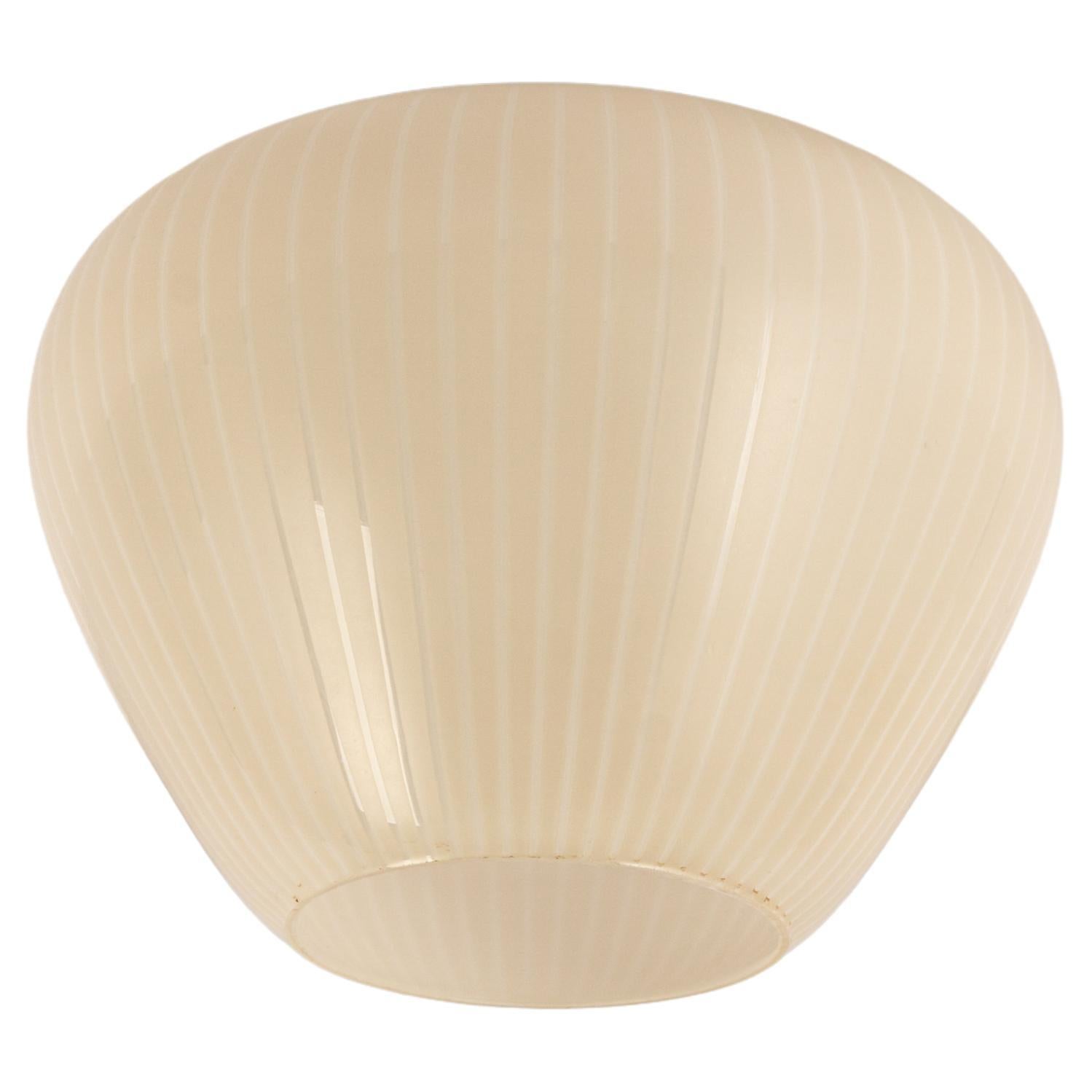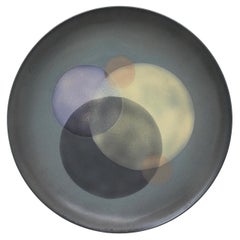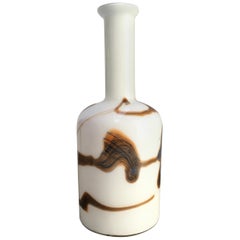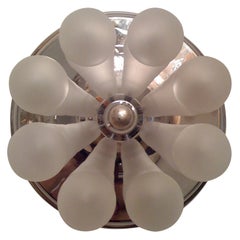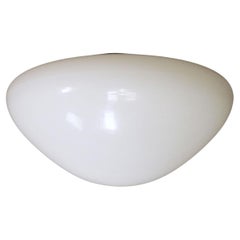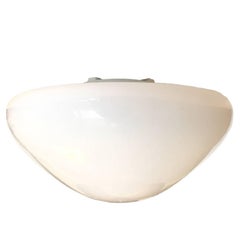
Bauhaus Wagenfeld Wall Sconce or Ceiling Light, Germany, 1955
View Similar Items
Want more images or videos?
Request additional images or videos from the seller
1 of 10
Bauhaus Wagenfeld Wall Sconce or Ceiling Light, Germany, 1955
About the Item
- Creator:Wilhelm Wagenfeld (Designer)
- Dimensions:Height: 6.11 in (15.5 cm)Diameter: 11.82 in (30 cm)
- Style:Bauhaus (In the Style Of)
- Materials and Techniques:
- Place of Origin:
- Period:
- Date of Manufacture:1955
- Condition:Superb condition.
- Seller Location:Melbourne, AU
- Reference Number:Seller: #00151stDibs: LU265638008833

About the Seller
5.0
Gold Seller
These expertly vetted sellers are highly rated and consistently exceed customer expectations.
Established in 2013
1stDibs seller since 2017
138 sales on 1stDibs
More From This SellerView All
- Large Charger or Wall Plate Roberto Ceccherini for Fratelli Colzi, 1976By ColziLocated in Melbourne, AUThis charger is very large, very beautiful and very rare. Roberto Ceccherini started his ceramics career young, as a designer for Fratelli Colzi. ...Category
Vintage 1970s Italian Post-Modern Abstract Sculptures
MaterialsCeramic
- Empoli Scandinavian Style Mixed Cased Glass Bottle or Gulvase, 1970sBy EmpoliLocated in Melbourne, AUA unique Empoli cased glass gulvase type vessel. After checking with eminent glass collectors, this has been identified as Italian glass from Empoli...Category
Vintage 1970s Italian Scandinavian Modern Vases
MaterialsArt Glass
- Brutalist Freeform Earthenware Wall Plate w Turquoise GlazeLocated in Melbourne, AUA Brutalist earthenware wall hanging or plate. This is a recent production (2012), but with an intentional 60s/70s vibe. We love the ocean-blue central glaze. It is deeply crackled...Category
2010s Australian Brutalist Wall-mounted Sculptures
MaterialsEarthenware
- Pair Rare John Campbell Terracotta Chinoiserie Planters or Umbrella StandsLocated in Melbourne, AUAn exceptionally rare pair of John Campbell planter pots. The design is attributed to John Cambell's son, Rupert John Campbell. John Campbell produced decorative pots at his brick works and pottery in Launceston, Tasmania from 1880 until 1975. Rupert John inherited his father's works and was a skilled artisan and potter. He developed presses for decorative pottery. This beautiful pair of jardinières likely date to the early 1900s. They were passed down through three generations. The original owner gave them to her son. In the 1980s the (then elderly) son gifted them to a friend (the last owner before this sale). At the time they received them they were made aware of their age and rarity. Now, another forty years later, they are potentially the only pair in existence. Only one similar John Campbell un-glazed terracotta 'umbrella stand' can be found on record. It was sold in 2008 in Tasmania, at a 'Fine Colonial Decorative Arts' auction run by Mossgreen Auctions, a reputable auction house, though since closed. I can find no other reference to this model, except an acknowledgement of the existence of an un-glazed terracotta umbrella stand, in the definitive record of Campbell's work by Kevin Power, 'John Campbell Pottery: Recollections and Collections' published 2014. These are of the same design and size but were manufactured with drainage holes in the base. They were clearly decorated using a press but the clay slabs were pushed into the press by hand. The interior of each pot shows the marks of hammers used to force the clay into the face of the press pattern. They have a hand-crafted appearance, with hand finished mould lines to each side and there are pressing faults apparent in various areas of the pattern. Tasmania was notably independent in production of most household goods, due to the isolation of the colony right up until the turn of the 19th century. Being at the farthest reaches of the British Empire, settled as a penal colony, with a relatively low consumer population, it was not a market for the high-volume import of domestic goods. As a consequence, household wares and decorative pieces produced in Tasmania through the 19th century represent a wholly independent category of Australian colonial design, production and craft. These pots are highly collectable and scarce artifacts of one of Tasmania’s earliest industries. In aesthetic terms, many Tasmanian artifacts are notable for following British, Georgian and Victorian fashions but with a colonial character of their own devising. Local characteristics became a stronger feature of Tasmanian decoration over time. Note the classical Georgian/Victorian chinoiserie motif of a bird foraging among rushes. In this case, the local interpretation depicts a Brolga (the largest Australian wetland bird) foraging amongst native Australian reeds and water lilies. Another of the things that sets early Tasmanian artifacts apart is the way in which necessity forced artistic production in pottery to be less refined than that of their British counterparts. A broad range of products had to be produced to meet local requirements, often by a single producer. John Campbell’s pottery is a great example of this practical necessity. It produced everything from industrial drainage pipes and bricks to household pottery and decorative items, all from a relatively small family run factory. Their domestic wares were so well trusted and appreciated that they by the 1940s they made their way all over the mainland of Australia. Under these circumstances, the refinement of decorative technique was not as great a priority as utility, consistent quality of production and durability. As a consequence, Australian colonial works and their early 20th century descendants such as these pots, are hugely appealing. They have an idiosyncratic and vernacular appearance, with British and European stylistic trends of their day overlaying a base of inventiveness, local interpretation and sturdy functionality. We hope you can appreciate the rarity and significance of this well-preserved pair of planter...Category
Vintage 1930s Australian Chinoiserie Planters, Cachepots and Jardinières
MaterialsTerracotta
- 1960s Chrome Stem, Black Housing and Textured Glass, Attibuted to RAAK or LyfaBy RAAKLocated in Melbourne, AUAn elegant, long-stemmed pendant light in restrained modernist midcentury style. Several producers made lights like this: Stilnovo in Italy; Orrefors in Sweden; Lyfa in Denmark; RAAK...Category
Vintage 1960s Dutch Mid-Century Modern Chandeliers and Pendants
MaterialsSteel, Chrome
- Large Earthenware Studio Pottery Willow Plate or Bowl After David Leach 1970sBy David LeachLocated in Melbourne, AUA very attractive bowl, plate or platter, dating to the 1970s. It has all the elements of a David Leach work - the willow motif, high quality earthenware, decorated using the wax res...Category
Vintage 1970s Unknown Organic Modern Decorative Bowls
MaterialsEarthenware
You May Also Like
- German, 1970s Wall Sconce or Ceiling LightBy KinkeldeyLocated in New York, NYA high style 1970s wall or flush ceiling light by the German maker, Kinkeldey. A curved circular chrome fixture holding eight frosted glass ball shades.Category
Vintage 1970s German Mid-Century Modern Flush Mount
MaterialsChrome
- Vintage Bauhaus Flushmount by Wagenfeld for Lindner, Germany, 1950sBy Wilhelm Wagenfeld, LindnerLocated in Berghuelen, DEThis vintage flush mount was designed by the former Bauhaus member Prof. Wilhelm Wagenfeld for Lindner Leuchten in Bamberg, Germany in 1955. The model number of this lamp is 339. It ...Category
Mid-20th Century German Mid-Century Modern Flush Mount
MaterialsGlass, Porcelain
- Vintage Bauhaus Flushmount by Wagenfeld for Lindner, Germany, 1950sBy Wilhelm Wagenfeld, LindnerLocated in Berghuelen, DEThis vintage flush mount was designed by the former Bauhaus member Prof. Wilhelm Wagenfeld for Lindner Leuchten in Bamberg, Germany in 1955. The model number of this lamp is 339. It ...Category
Mid-20th Century German Mid-Century Modern Flush Mount
MaterialsPorcelain, Glass
- Vintage Bauhaus Flushmount by Wagenfeld for Lindner, Germany, 1950sBy Wilhelm Wagenfeld, LindnerLocated in Berghuelen, DEVintage Bauhaus Flushmount by Wagenfeld for Lindner, Germany, 1950s This vintage flush mount was designed by the former Bauhaus member Prof. Wilh...Category
Mid-20th Century German Mid-Century Modern Flush Mount
MaterialsPorcelain, Glass
- German Vintage Glass Ceiling or Wall Light Flushmount Sconce, 1960sLocated in Berlin, DEWonderful vintage amber and clear bubble glass flushmount. Germany, 1960s. Lamp sockets: E27 (US E26).Category
Vintage 1960s German Mid-Century Modern Flush Mount
MaterialsMetal
- Wilhelm Wagenfeld Yellow Bauhaus Sconce / Double Wall Light by Linder GermanyBy Wilhelm Wagenfeld, LindnerLocated in Vienna, ATA Midcentury Modern double socket wall lamp/sconce dating back to the 1950s, designed by Wilhelm Wagenfeld. Made of porcelain with a light yellow/pastel yellow glaze accentuated by t...Category
Mid-20th Century Austrian Mid-Century Modern Wall Lights and Sconces
MaterialsPorcelain, Glass, Opaline Glass

